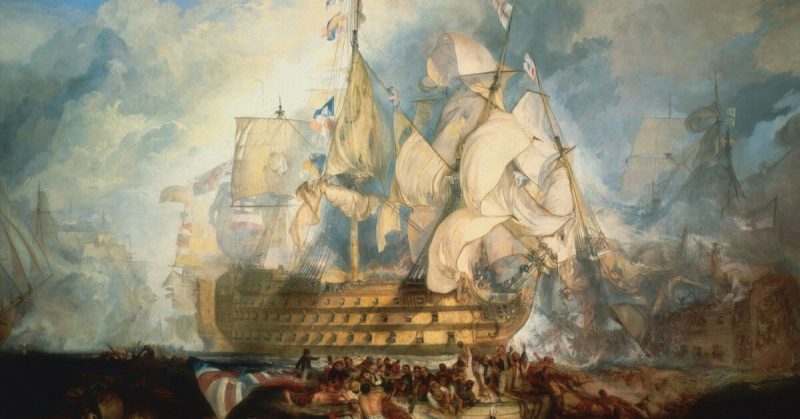Officers of the Royal Navy at the turn of the 19th century were expected to live charmed and genteel lives. This was reflected in almost all aspects of their life, from showing a stern and commanding face at all times when in battle, to eating better than the common sailor.
An example of how these men would have eaten can be seen on HMS Seahorse, a 38 Gun Frigate. Of her 270 men complement, there would have been about 18 Gentlemen, comprised of Commissioned Officers, Warrants, and Midshipmen. These were made up of 10 Midshipmen and Master’s Mates, 3 Lieutenants, 2 Officers of the Marines, 1 Surgeon, 1 Master, and 1 Captain.
According to the Admiralty, all meals were purely egalitarian, each man receiving the same ration. In practice, an officer’s dining habits were highly stratified based on rank, class, and wealth.
For an older Midshipman, around 18 years of age, and ready for promotion to Lieutenant, breakfast was often the same as the rest of the crew. However, his family may have sent him some dried fruits, or honey and fresh bread if he was lucky. His midday meal would often occur at least an hour after the men had theirs.
This served two purposes; it reinforced the separation between them, and it allowed him to provide the necessary functions on board while the men ate. The meal would, again, be similar to the enlisted crew, but supplemented with some luxuries according to his class and wealth.
Much the same as his midday meal, supper was supplemented rations. If he were lucky, the Captain would invite him to dine in his cabin. A Captain was expected to teach the young officer the ways of the genteel world, as a service to the boy’s parents.
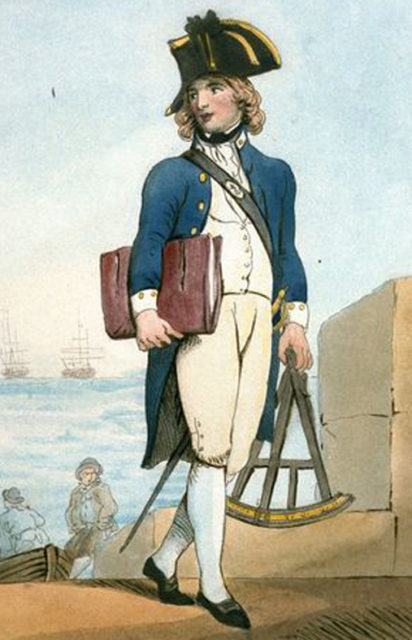
These young men were sent to sea as young as 14 and spent the rest of their career there. The Captain often oversaw their finances, purchasing extra food for them when able, and writing to their fathers to ask for more funds if necessary.
Next, was a Lieutenant, who bought into the Officer’s Club. He paid around £60 a year, almost as much as he made, to the common mess funds. The gentlemen would select a caterer, tasked with purchasing food while in port. On a frigate such as Seahorse, they ate their meals in the gun room. On a larger ship, they might dine in an Officer’s Wardroom, with the Surgeon, other Lieutenants, Marine Officers, and some of the Warrant Officers.
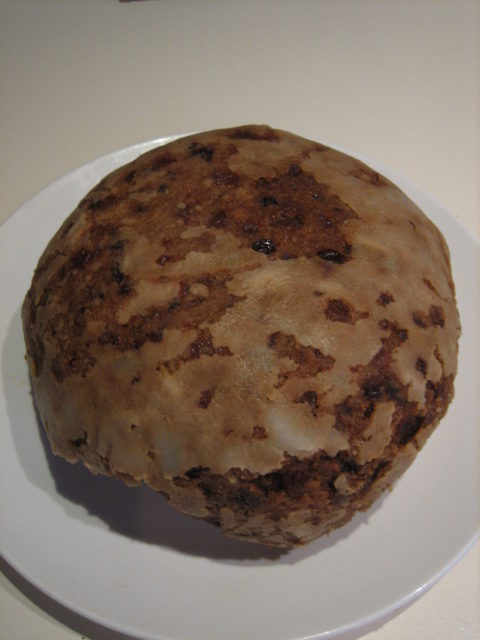
For breakfast, they could supplement their usual rations even more extravagantly, possibly adding meat to the meal. If their caterer was particularly skillful, they might have a steady supply of eggs, a lucky delicacy at sea.
For dinner, Lieutenants had access to the storerooms, which housed wine, fine tableware, and better food. This meant they could dine in the style befitting their rank, title, and class. They would usually eat at the same time as the Midshipmen, providing some supervision, and an example of behavior to follow.
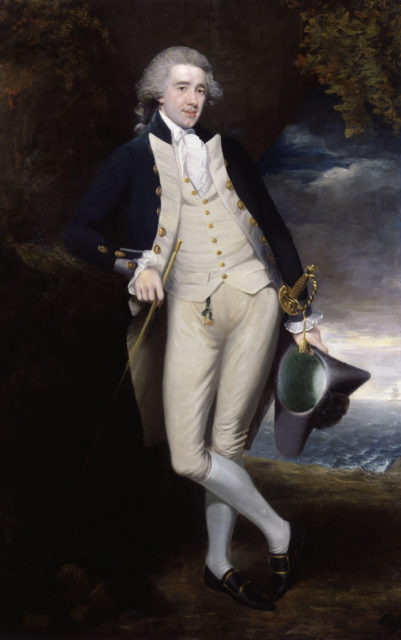
Lieutenants’ meals would consist of fresher meats, sometimes fish, and always wine, instead of rum or beer. Though, by some accounts, the wine purchased by caterers was of questionable quality at best.
Then for supper, the Lieutenant could be invited to dine with the Captain. This gave the Captain some company, in an otherwise solitary life, as well as solidifying the social ties between the upper echelons of the crew. If the Captain were particularly strapped for cash, he might only be able to invite the junior officers to join him for breakfast.
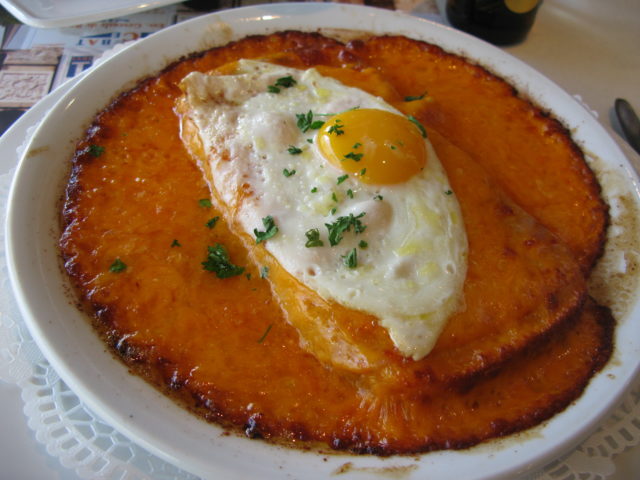
Finally, a Captain faced heavy social pressure to provide himself with luxuries. He was allowed four servants per 100 men on board, so for the Seahorse the Captain might have eight men attending him. This meant he could bring a cook from home, affording him a much better existence than even the Wardroom Officers.
Depending on the wealth of the Captain, his meals could vary, from slightly more enticing than the crew’s to banquets with multiple courses.
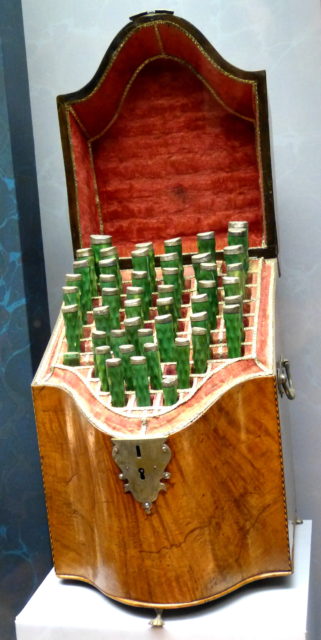
While the shipyard provided his cabin with a dining table and chairs, he had to supply his own silver and china, crystal glasses, decanters, wine selection, linens, and cutlery. Again this reinforced the divide between him and the men, who would eat from wooden or pewter dishes, with utensils to match.
It is hard to say what a Captain would have eaten on a daily basis, but it is certain it would far exceed what was consumed by anyone else on board.
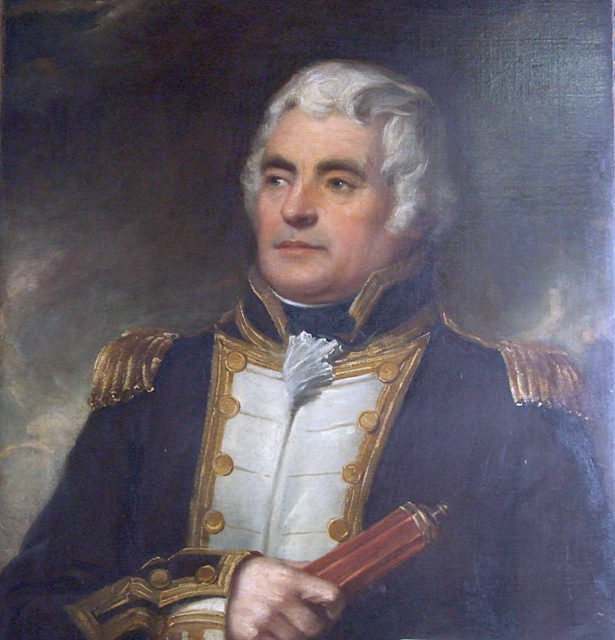
He could send servants to purchase stores for him when in port. If he was entertaining dignitaries, or other Captains or senior officers, he was under heavy social pressure to purchase only the best available, from fine wine, to fresh meat.
Officers of the Royal Navy always ate better than the men, but only by spending money out of pocket. Midshipmen, relied on their parents and family for some level of class, whereas Lieutenants had to buy into a common mess fund for the Wardroom.
Finally, Captains were expected to present lavish meals, to impress guests and show their position at the top of a ship’s hierarchy.
